Talking To Australian Indie Watchmaker Reuben Schoots, And Discovering His Watches
Going down under for our next break-out Indie watchmaker, who's close to completing his first watch!

Australia is associated with a lot of things, but watchmaking is not necessarily one of them. We tend to think of Rugby, Kangaroos, surfing, the Great Barrier Reef and the Outback, and perhaps our esteemed colleagues of Time & Tide Watches. But there’s more to it than that, as the country is home to a small but bustling watchmaking community. Reuben Schoots, an artisanal independent watchmaker with a fascinating backstory, is perhaps at the forefront of that community and about ready to deliver his Series 1 watch to its clients. That’s all we need to do some digging and learn more about his work.
Reuben, can you first tell us a bit more about yourself?
I live in Canberra, Australia. I am married to a wonderful and supportive woman, we love to spend time together in our home, working on our individual and our shared passions. Time with family and friends is of the utmost importance to me, as is time spent out in nature. I have a rather obsessive personality and I am eternally curious about the world around me. I am totally enveloped by thoughts of watchmaking from the moment I wake up to the moment I sleep. I knew quite early on in life that I would make my own path and I was fortunate to grow up in a very supportive family.
A perfect day for me is waking up quite early, studying tool making, machining, machine programming, watchmaking or business, then sharing breakfast and coffee with my wife, working a big day in the workshop, jumping into the sauna after work, and then reuniting with my wife and sharing the evening together before getting into bed around 8 pm where I lay for an hour or so problem solving for the day ahead, before finally going to sleep. My core values are my relationships with loved ones and my work.
You’re from Australia, not the first place people think of when it comes to high-end watchmaking. Does it help you in your work, or does it come with challenges?
Without wanting to avoid answering the question directly, it is a bit of both. I think it is opportunistic to be somewhat detached from the rest of the watchmaking industry. I do not feel bound to any tradition nor do I feel influenced by those around me. Freedom to create and make whatever I choose is certainly of the highest importance.
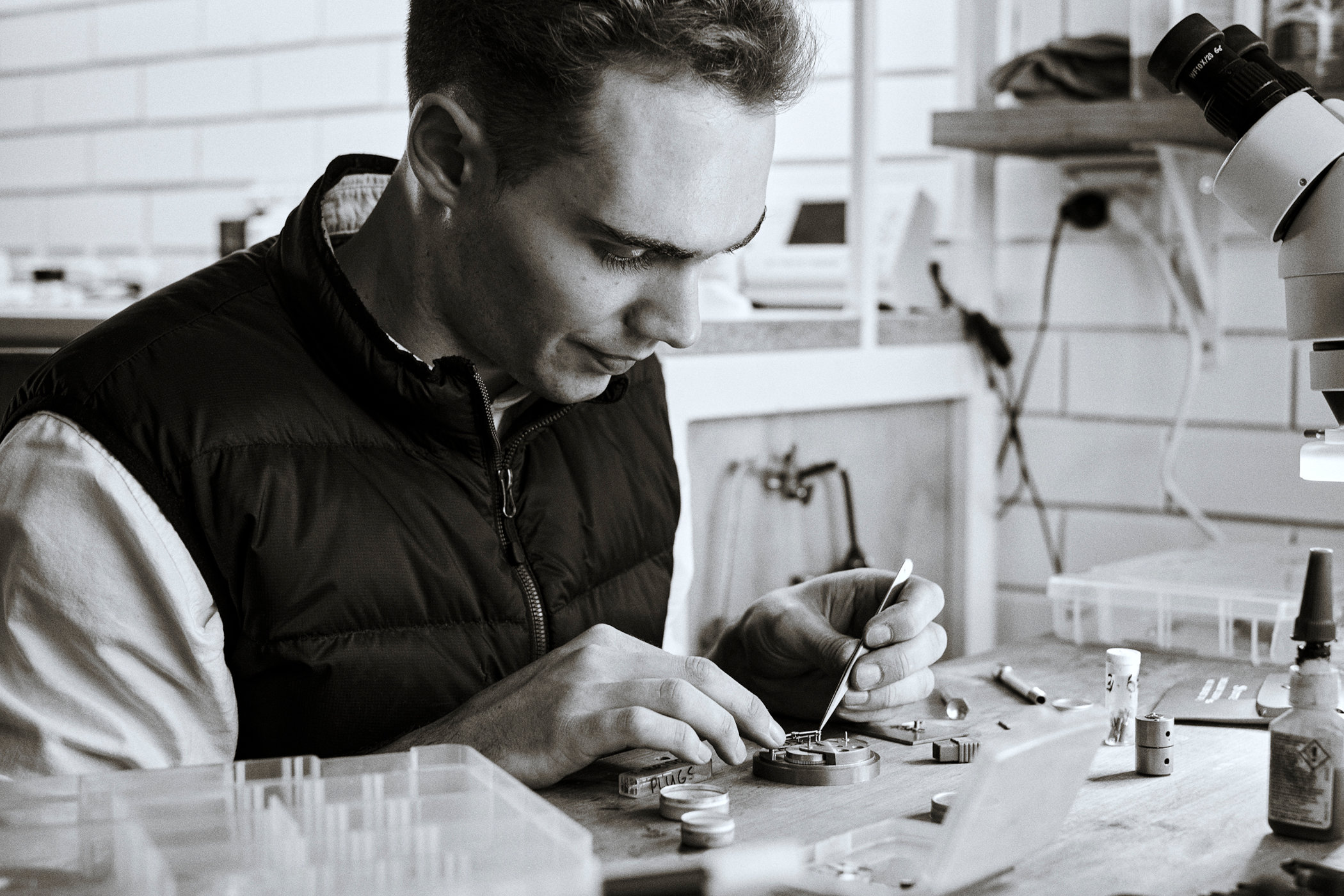
There are however great challenges being situated on an Island on the opposite side of the world. There is a school here in Sydney that teaches watch repairs, however, there are none that teach watchmaking – in the traditional sense of making watches. There is also no history of watchmaking here in Australia, which means there is very limited tooling and machinery available nor were any apprenticeships available to me at the time. This forced me down the path of learning tool-making and machining.
Can you shed some light on the watchmaking culture in Australia for us?
There are a small handful of very passionate hobbyists here in Australia, most are involved with clock making and one or two are involved with watchmaking. On a professional level (those making watches), I believe there is only myself and the team of Hacko in Sydney. The culture is budding and I hope that in the not-too-distant future that Australia will hold a place on the global watchmaking map.
What drew you into watchmaking in the first place?
Growing up in my household was where my interest in engineering and mechanical things began. My father and I restored a 1961 Triumph Tr4 when I was a boy. This was quite an enlightening experience for me. I recall going into the workshop at home alone when I was 6 or 7 years old and wanting so much to make something. I used to touch the tools and imagine creating things. Sometimes I would place a scrap piece of steel in the vice and saw it with a handsaw, or make holes with a drill. I used to say to my parents that I wanted to be an engineer – what this meant to me at the time was that I wanted to make mechanical things.
My parents had a collection of antique clocks around the home and as a boy, I used to love to stare into the ticking movement of a particular small carriage clock in the lounge room. As a teenager, I built and modified computers and eventually began modifying and playing with cars. I certainly have an entrepreneurial spirit. I had many startups as a young adult, a restaurant, a clothing business, a cafe in a caravan, web designing and a couple of others. I worked from a young age, with my first job in a pizza place when I was 14.
Watchmaking did not enter my life until 2017. I caught some rather troublesome tropical viruses and a parasite in extended travels around South America in 2015/2016. For the better part of 2 years, I spent most of my time in bed. During this time I lost all of the things I identified with; my social life, my work, my hobbies and my physical appearance, as my body changed quite dramatically. This gave me a unique window of opportunity to think and reflect on my life. It was during this time I began reconnecting with my childhood, with those strong feelings of wanting to create mechanical things.
One day in the middle of 2017, a good friend of mine, who is an engineer, showed me his mechanical watch. This led to a lengthy discussion about mechanical movements. Shortly after on New Year’s Eve of 2017 I had a Big Bang moment lying in bed talking with my wife. I immediately felt every inch of my body tell me that this was my path, not only to good health but to a meaningful life. It was not long before I had discovered the works of George Daniels, ordered his book, read it cover to cover, purchased a watchmakers’ lathe and set out to make my first watch. The Daniels tourbillon.
How did you learn the skills needed to craft your own watches?
I read every book I could get my hands on about the subject of watchmaking. I then set out to make the tourbillon pocket watch as outlined in George Daniels’ book – Watchmaking. Naturally, I had many problems to solve and so I began learning precision micromachining, which led me down the path of building my own CNC milling machine, learning machine programming and inevitably 3D design software.
All of my learning has been self-taught. The large majority of my skills have been learned through trial and error. Early on in my journey, I caught onto the fact that making mistakes is an essential part of the self-taught learning process.
Where do you draw inspiration from in your watches?
My inspiration comes from a mixture of the works of the greats like Daniels, and Breguet and also from 19th and 20th-century Glashütte pocket watches. I have a fascination with the abundant nature in and around my home city of Canberra. I enjoy the flowing shapes of the rivers, the delicate and ever-changing colours throughout the seasons and the undulating mountain ranges that surround us here. I also have an appreciation for Japanese design.
You’re almost finishing your first Series 1 watch, can you tell us a bit more about it?
There are 6 pieces in the first series. Housed in a 41.5mm stainless steel case. They are manual winding and time only. I designed and made it from raw materials; the 4 part dial, the blued hour, minute and seconds hands, the barrel bridge, the wheel train bridge, the balance cock, the movement screws, the click works and their small screws. The dial features a scraped finish which was done by hand, with an old tool I modified from my Grandfather’s workshop. Every dial is unique due to the nature of this process. It creates a finish that dances in the light. The balance cock on the movement side is also decorated with the same finish for continuity from the dial to the movement side. The straight-grained click works were inspired by the click works from my Daniels Tourbillon watch. The bridges, cocks and mainplate are frosted, for a clean and (I believe) sophisticated look. I nickel-electroplated the mainplate myself and hand-finished the rest of the movement components.
You do a lot of work yourself. Can you talk us through some of the steps?
I work alone. The process begins with a sketch on paper. I also have a folder on my laptop where I put all of my ideas, inspirations, images and any other thing relevant to the design. This is then translated into drawings with CAD and finally modelled in 3D software. From there I begin the machining process, which is completed on my manual lathes and my CNC milling machine. The parts then go through a quality control process before being hand-finished. Some parts are plated, and the dial engravings are filled with ink. Then comes the final assembly and adjustment. In summary, it is a 4 part process; Designing, Machining, Finishing, Assembly & Adjustments
When can we expect the Series 1 to enter production, and what are you expecting of it once launched?
Series 1 is in the final stage of Assembly and Adjustment. The Series is expected to be completed in the first quarter of 2023. The Series was presold, so my wonderful and supportive clients have been patiently waiting.
Looking past the Series 1, what does the future hold for Reuben Schoots as a watchmaker and company?
The workshop recently received some significant upgrades, with some exciting new machinery. Series 2 has been pre-sold and is expected to begin production in early 2023. It will be redesigned from the ground up and a further significant portion of the watch will be designed and importantly (to me) made here in my workshop. With subsequent releases, I will continue to bring more of the making in-house until the entire watch is made under one roof. This comes with its challenges, but this goal is what keeps the fire lit.
For more information, please visit Reuben Schoots’ Instagram account.
Editorial Note: The images portrayed in this interview are done by @Reasonforbeingstories (Workshop images) and @Isamu_Sawa_Photography (Watch images).


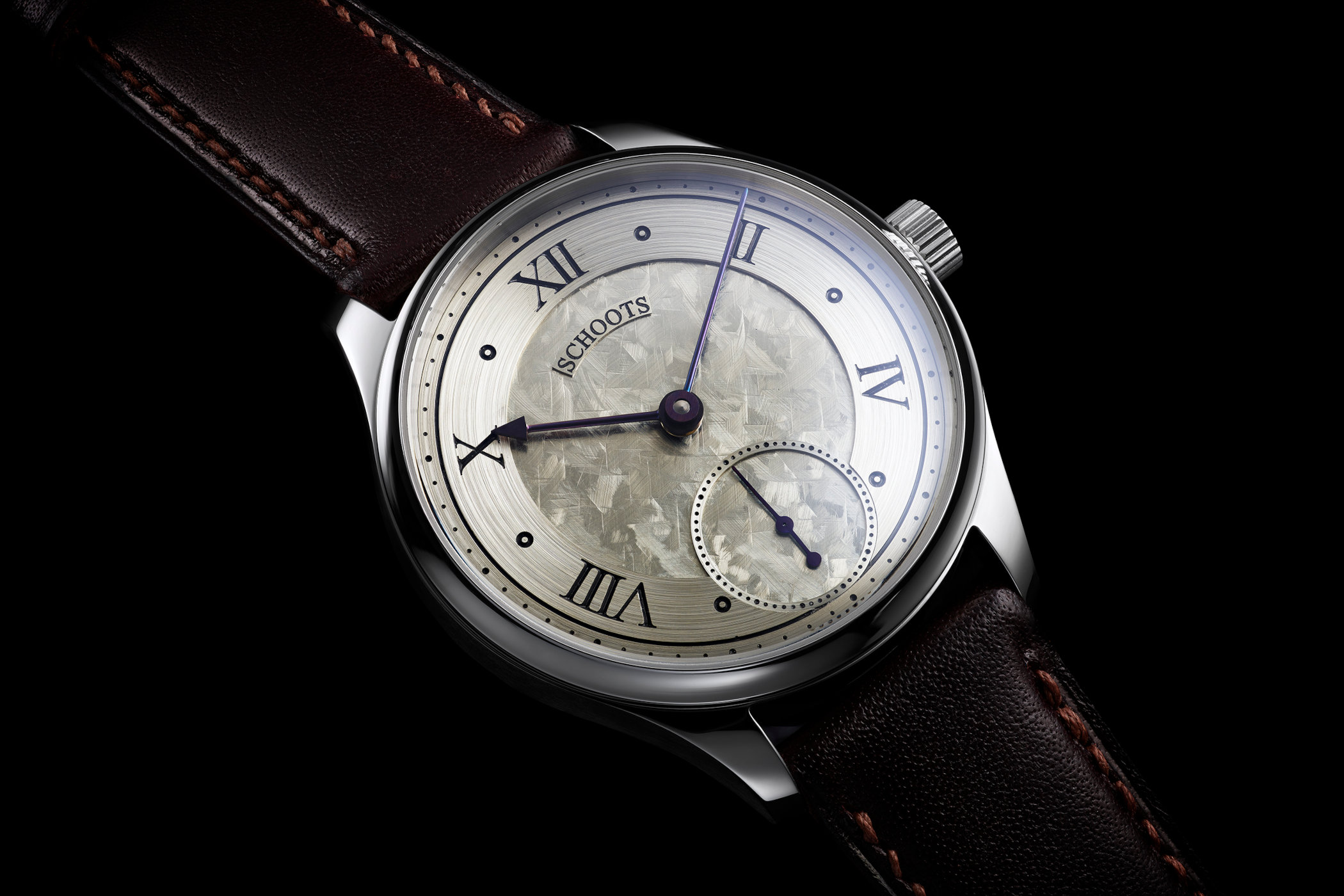

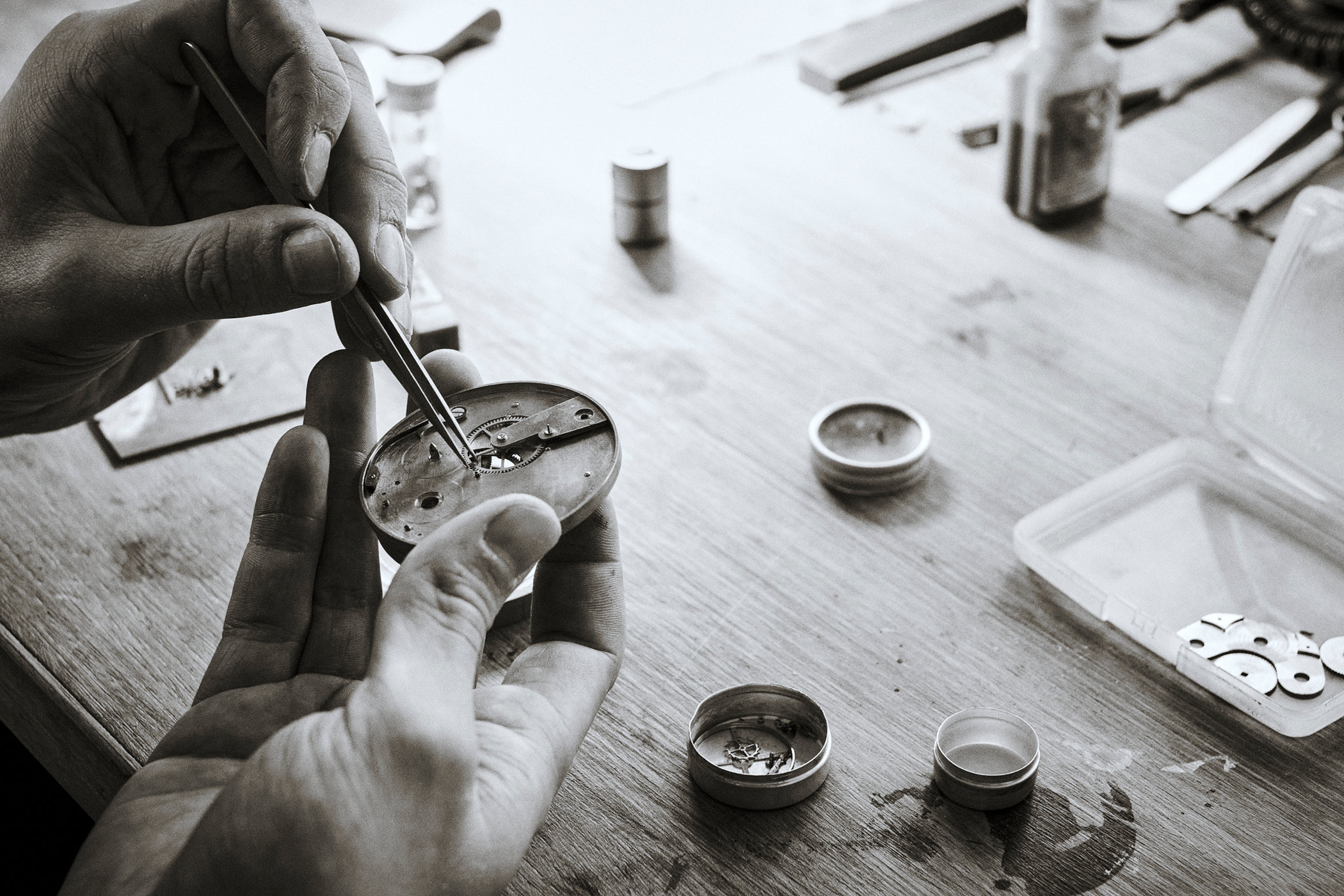
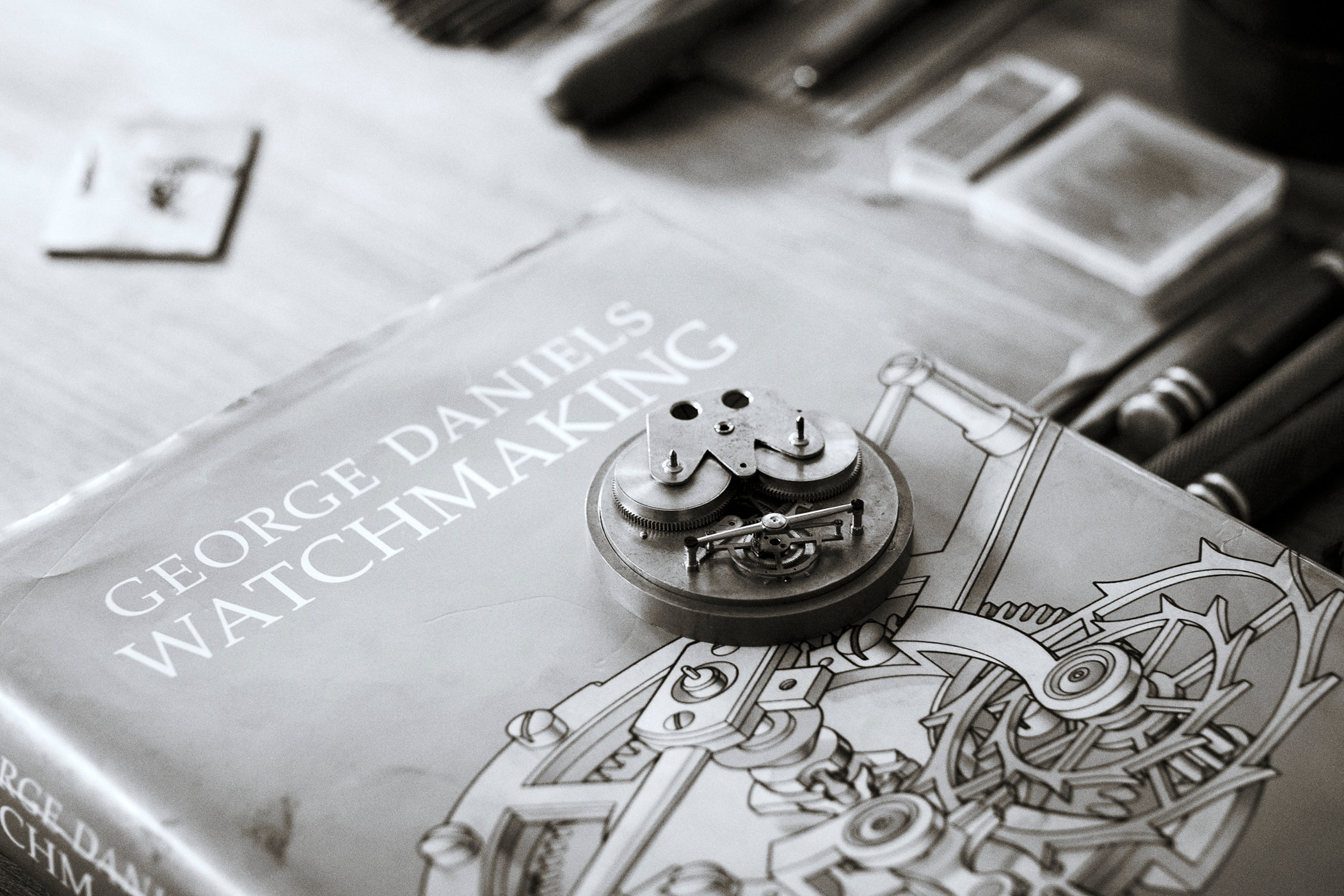
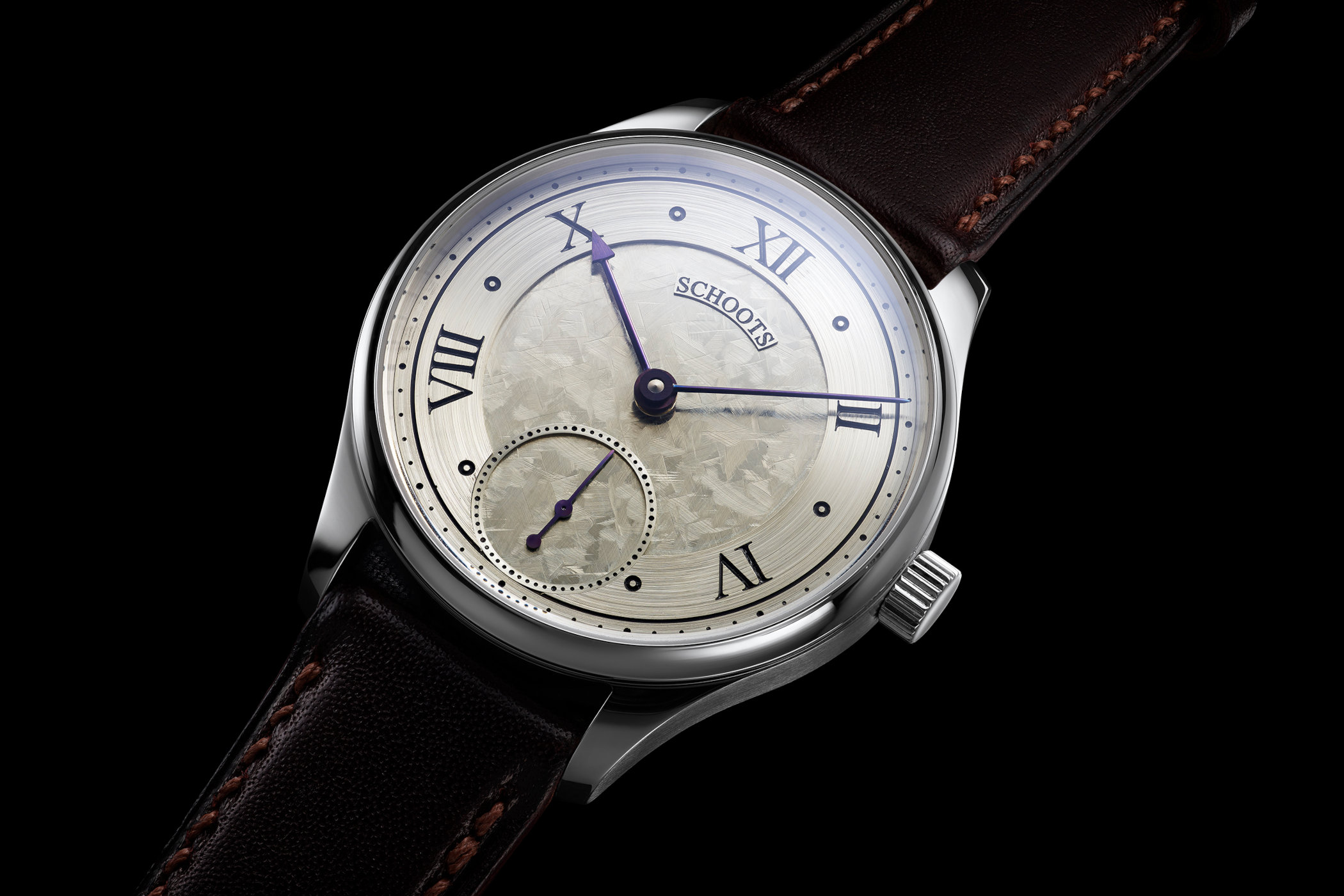
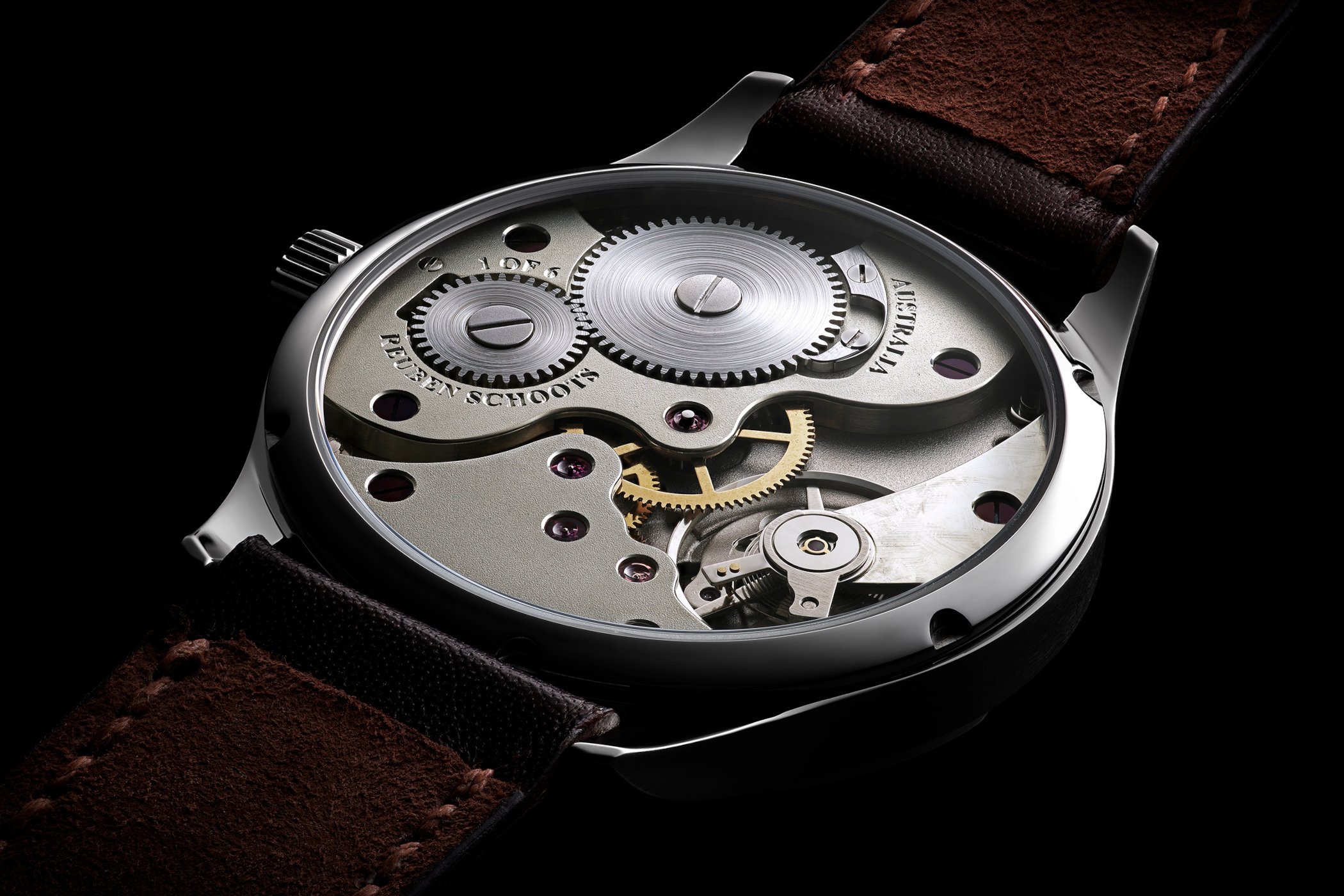
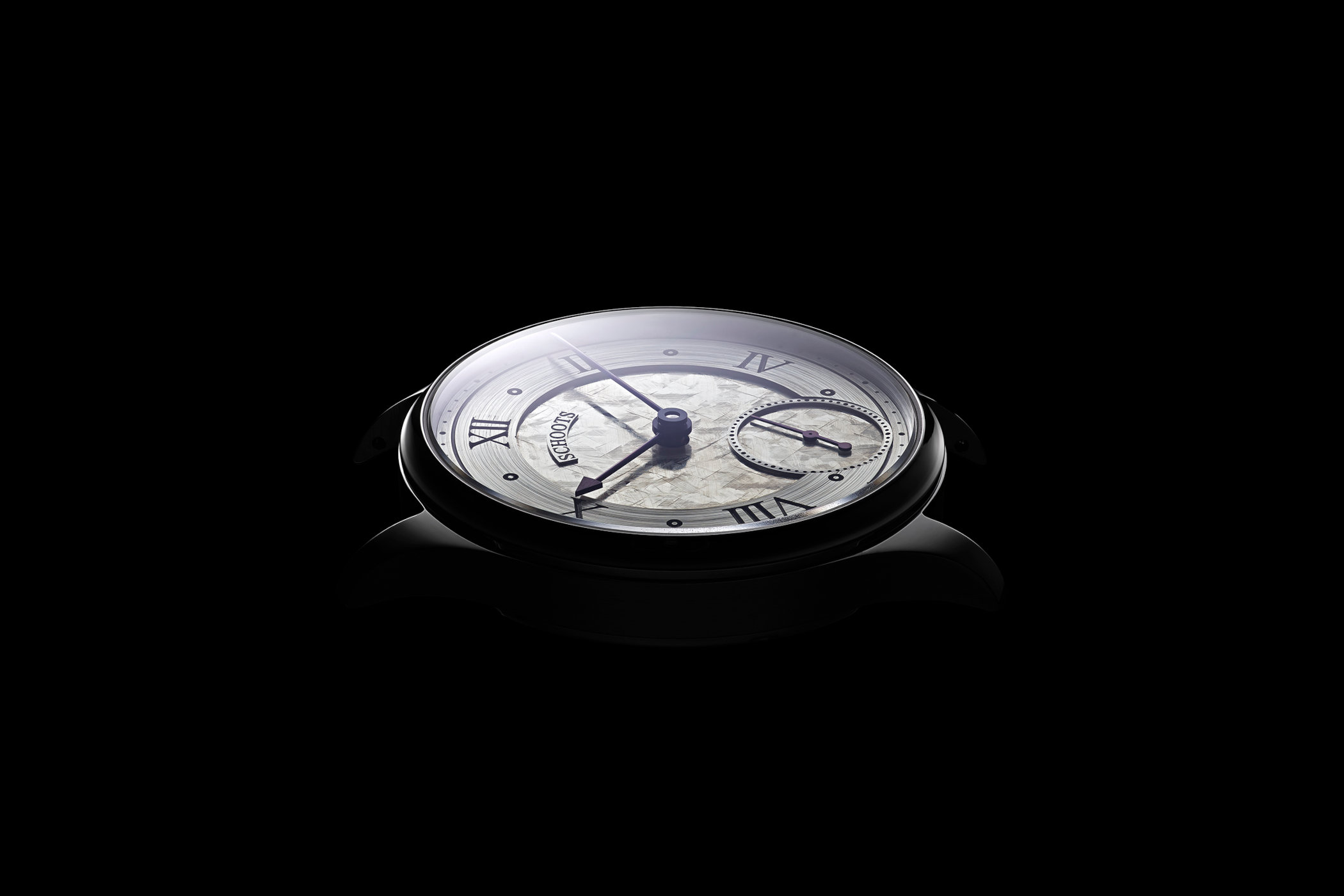
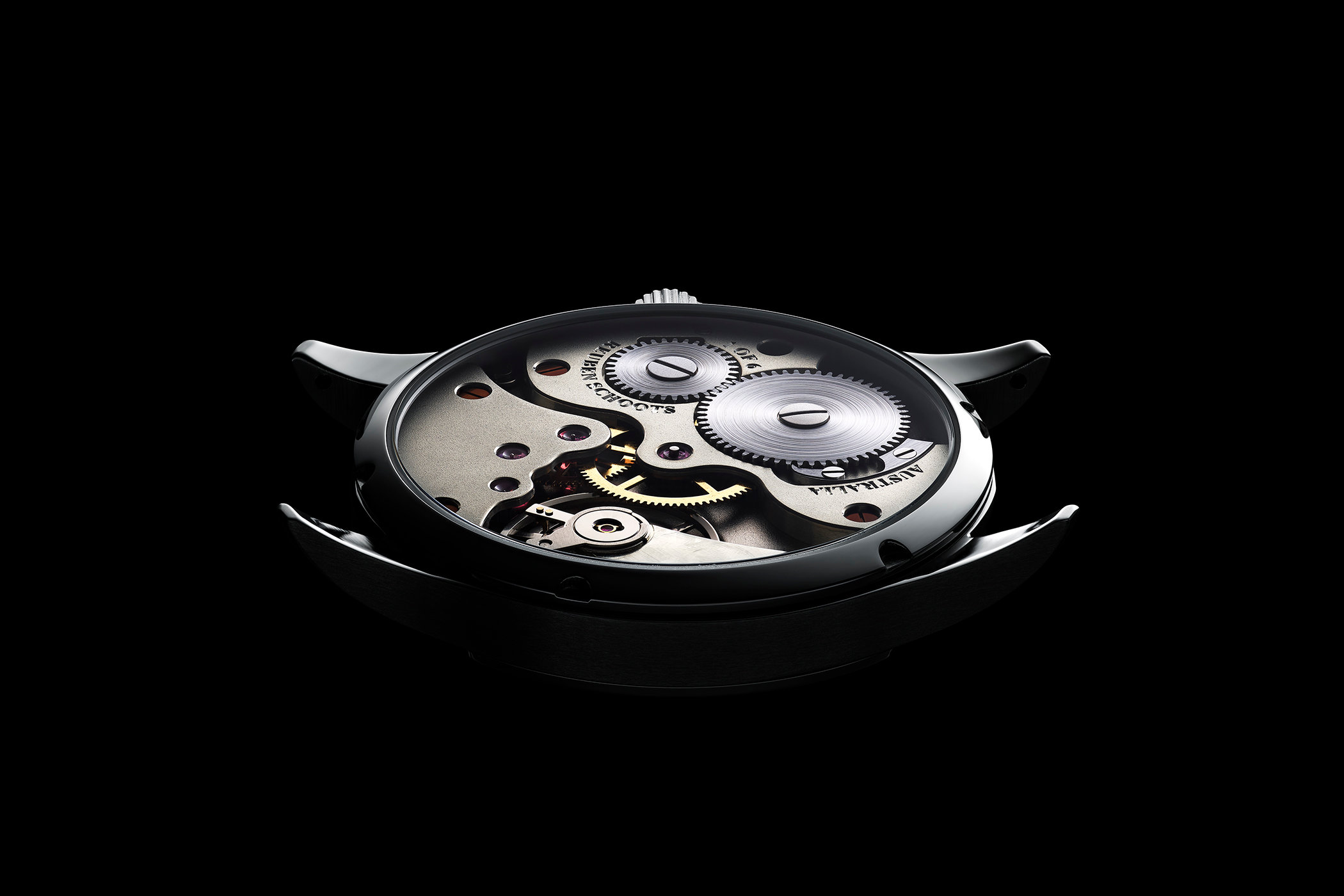
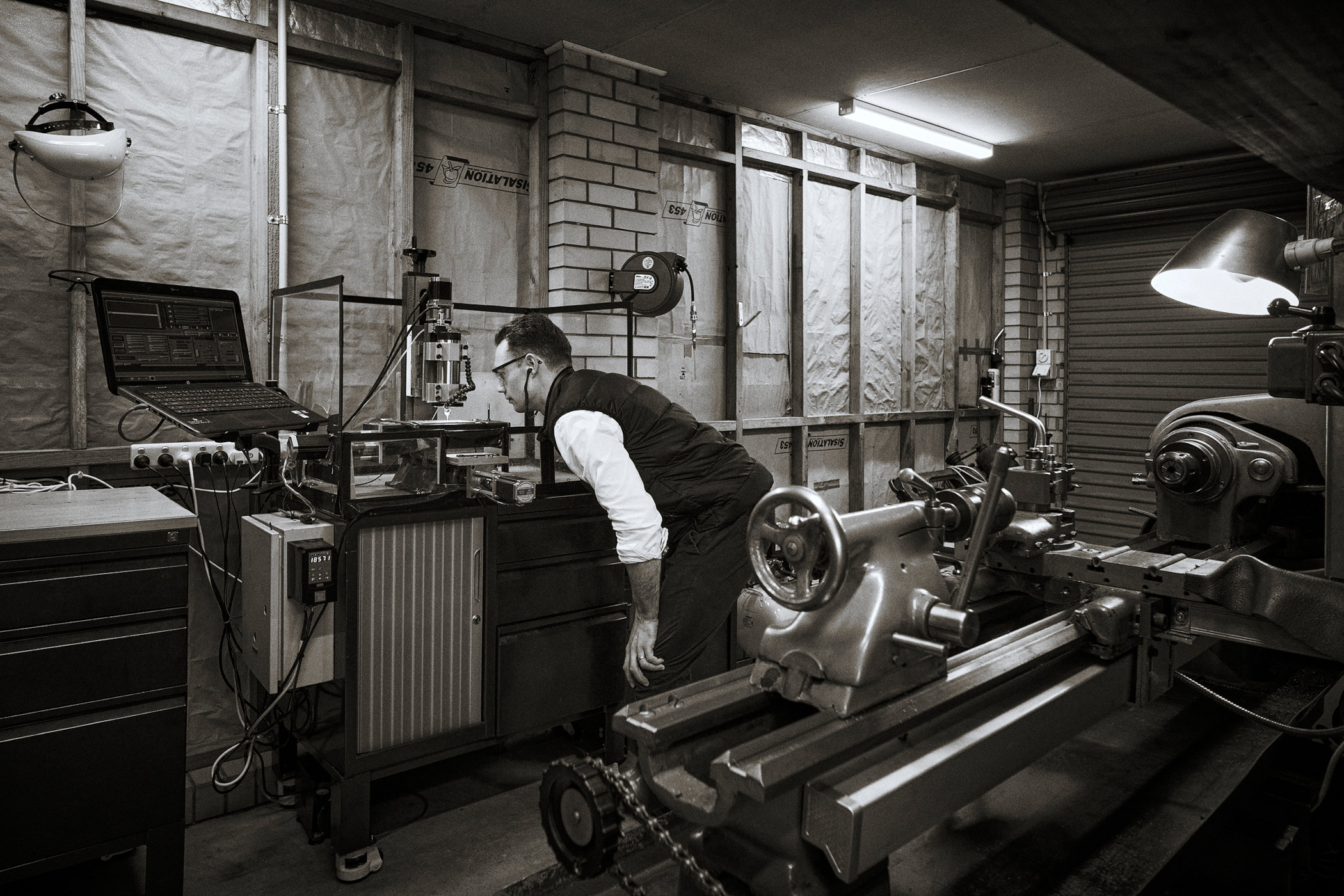
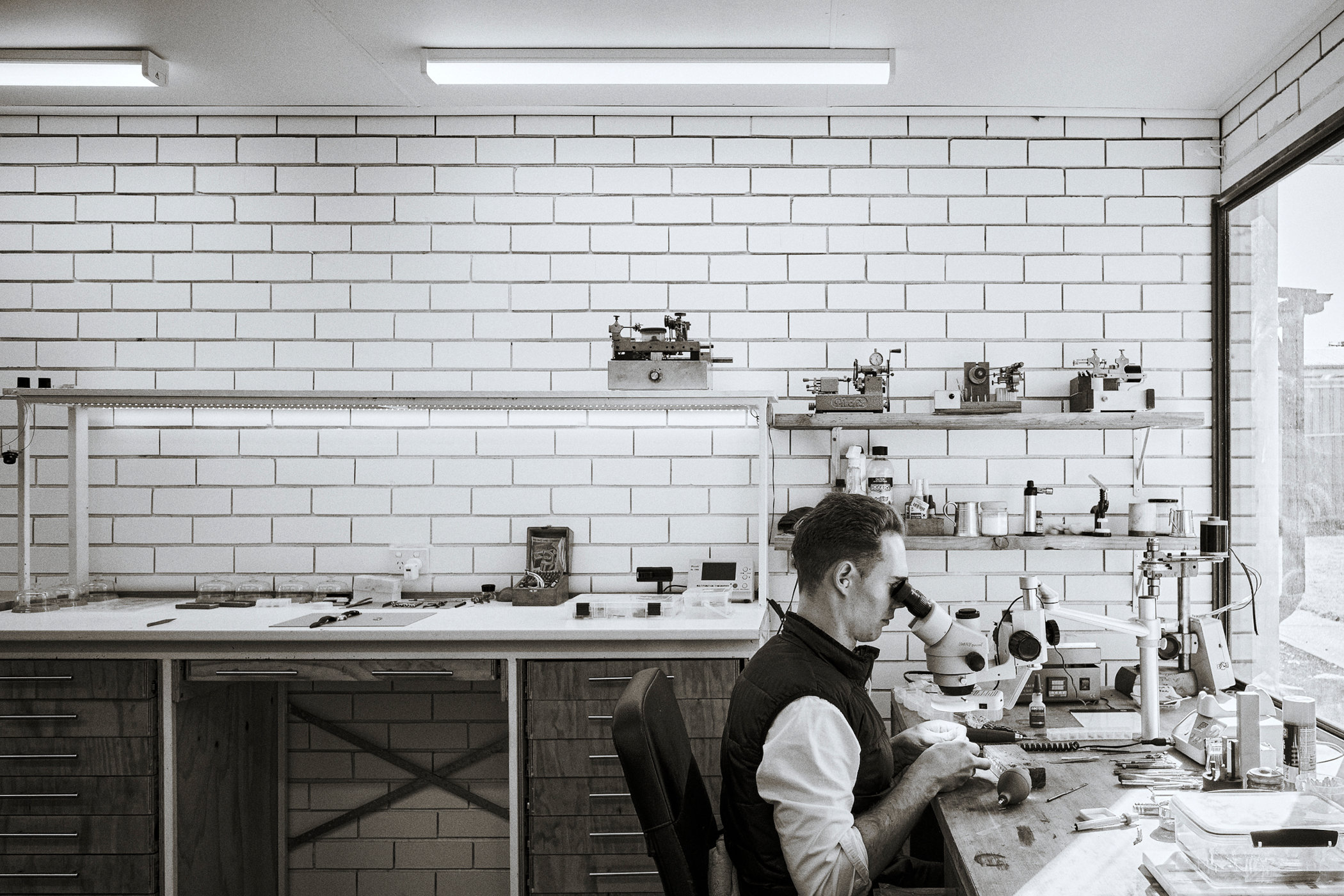
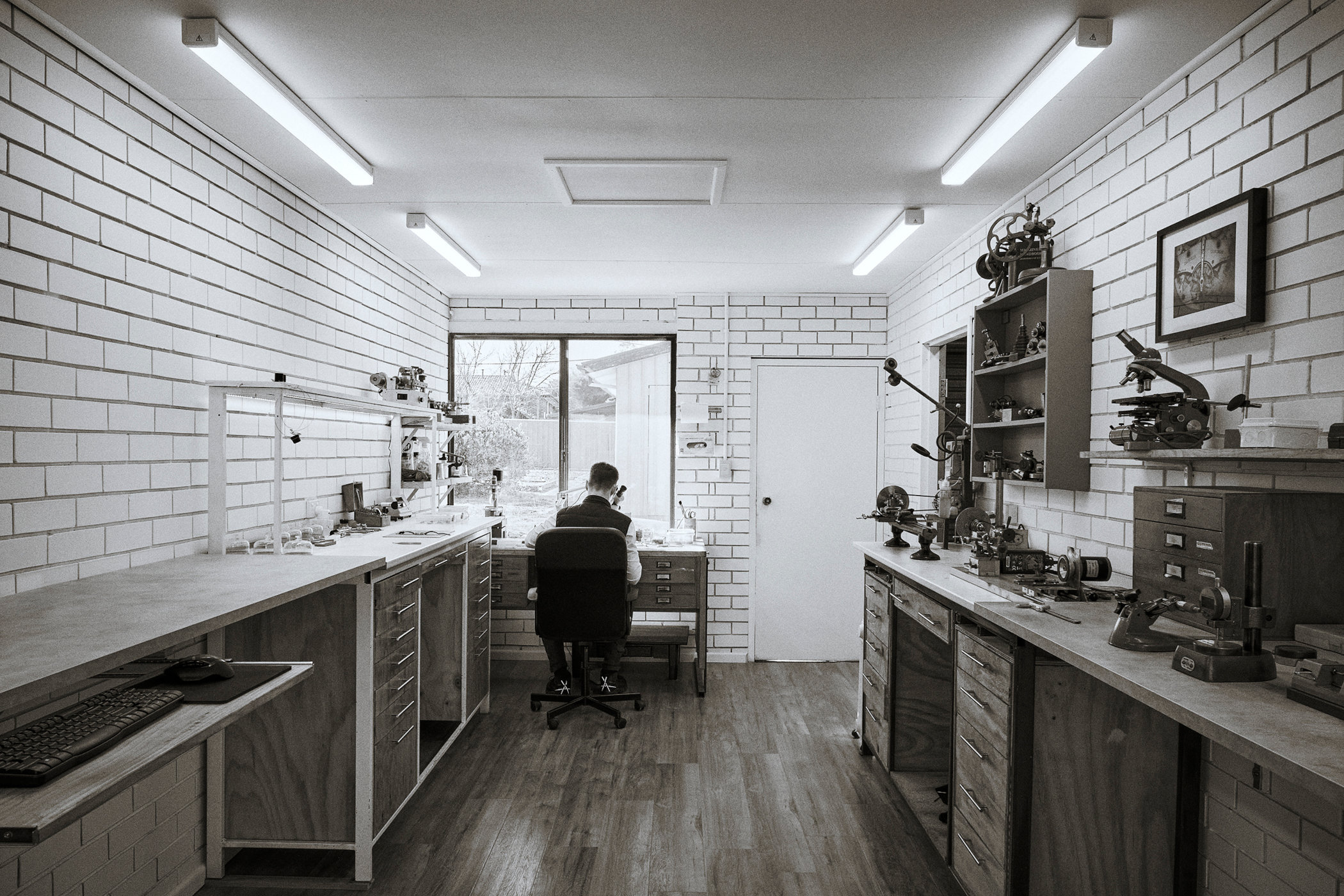

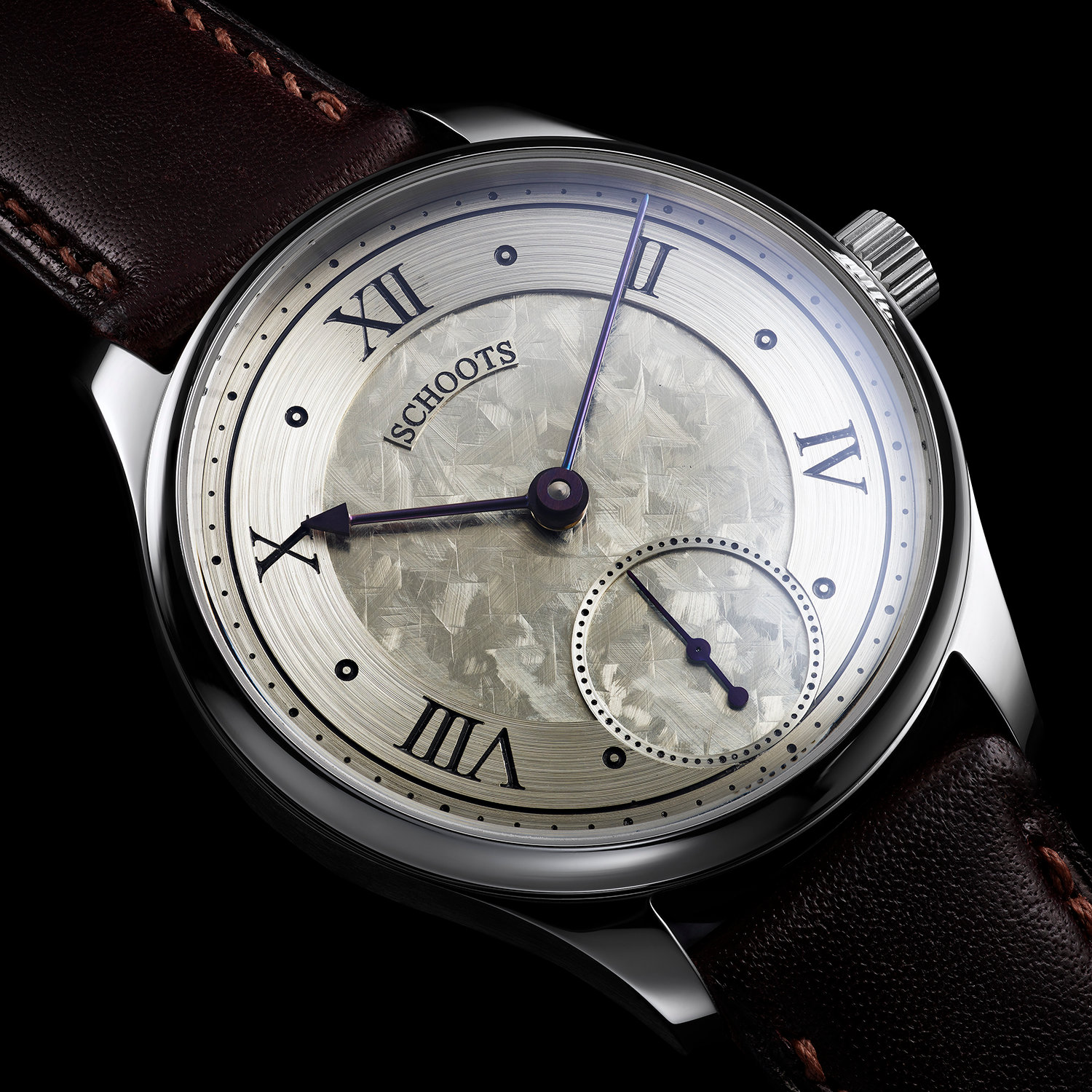



1 response
What is attractive is the simple accurate design and the lack of pearlage and Geneva stripes used on everything else.